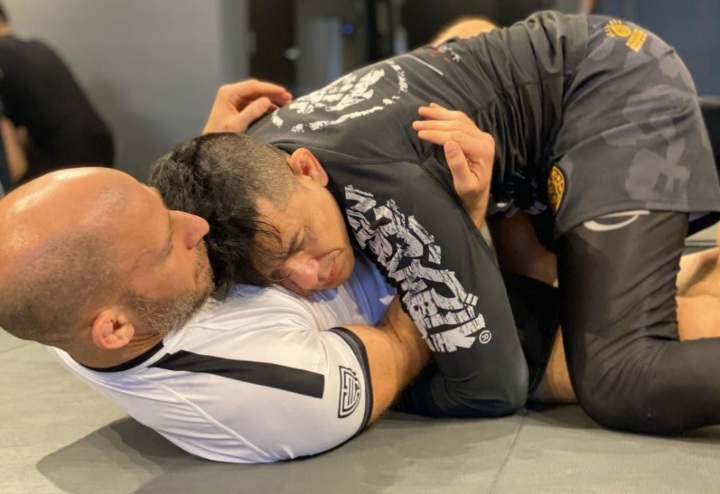Brazilian Jiu-Jitsu athletes constantly seek ways to improve strength and performance. In a comprehensive guide, Grappler and strength coach Kieren Lefevre offers valuable insights into the benefits of isometric training for grapplers.
Understanding Isometric Strength Equals Grappling Strength
Isometric strength training, as Lefevre explains, involves contracting muscles without moving through a range of motion. This contrasts with dynamic strength training, which involves moving joints and is common in many sports. However, isometric strength is particularly relevant for grappling sports like BJJ.
The Science Behind Isometric Training for Grapplers
Grappling incorporates both isometric and dynamic movements. For example, holding a grip in BJJ is an isometric activity. Research shows that isometric lumbar strength and maximal upper body strength can differentiate between amateur and elite MMA fighters, underlining the importance of isometric strength in grappling.
Types of Isometric Contractions and Training
There are two primary types of isometric training:
- Yielding Isometrics: Here, you maintain a position against resistance, like holding a plank. This type is joint-friendly and helpful for injury recovery, enhancing movement patterns, and improving muscular endurance.
- Overcoming Isometrics: This involves exerting force against an immovable object. It maximizes muscle activation, helps break strength plateaus, and provides a unique stimulus without heavy loads.
Implementing Isometric Training in BJJ Routines
For optimal results, here are different scenarios for incorporating isometric training:
- Scenario 1: Replace dynamic strength exercises with isometric variants when fatigued or injured.
- Scenario 2: Develop specific grappling strength for niche movements like improving grip strength through exercises like medicine ball squeezes.
- Scenario 3: To break through strength plateaus, add isometric exercises as supplements to primary dynamic exercises or as finishers.
- Scenario 4: Enhance muscle endurance for grappling by including various isometric holds in conjunction with high-volume work.
A Multi-Faceted Approach for BJJ Athletes
Isometric training offers a multidimensional approach to developing strength for BJJ. By understanding and integrating this training form, grapplers can enhance their performance, build muscle endurance, and reduce injury risk.
These insights provide a roadmap for BJJ practitioners to leverage the power of isometric training, offering a strategic edge in their grappling journey.


















